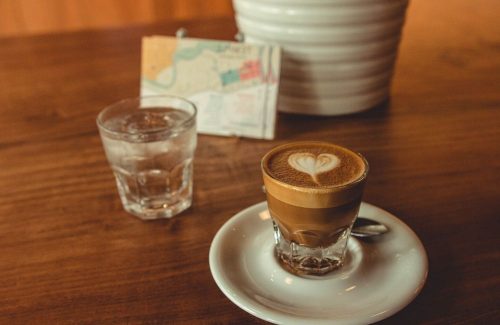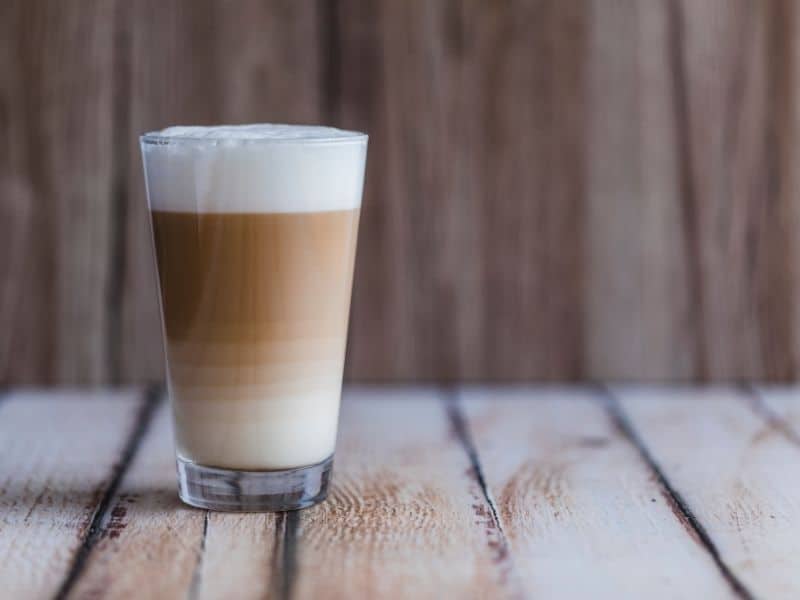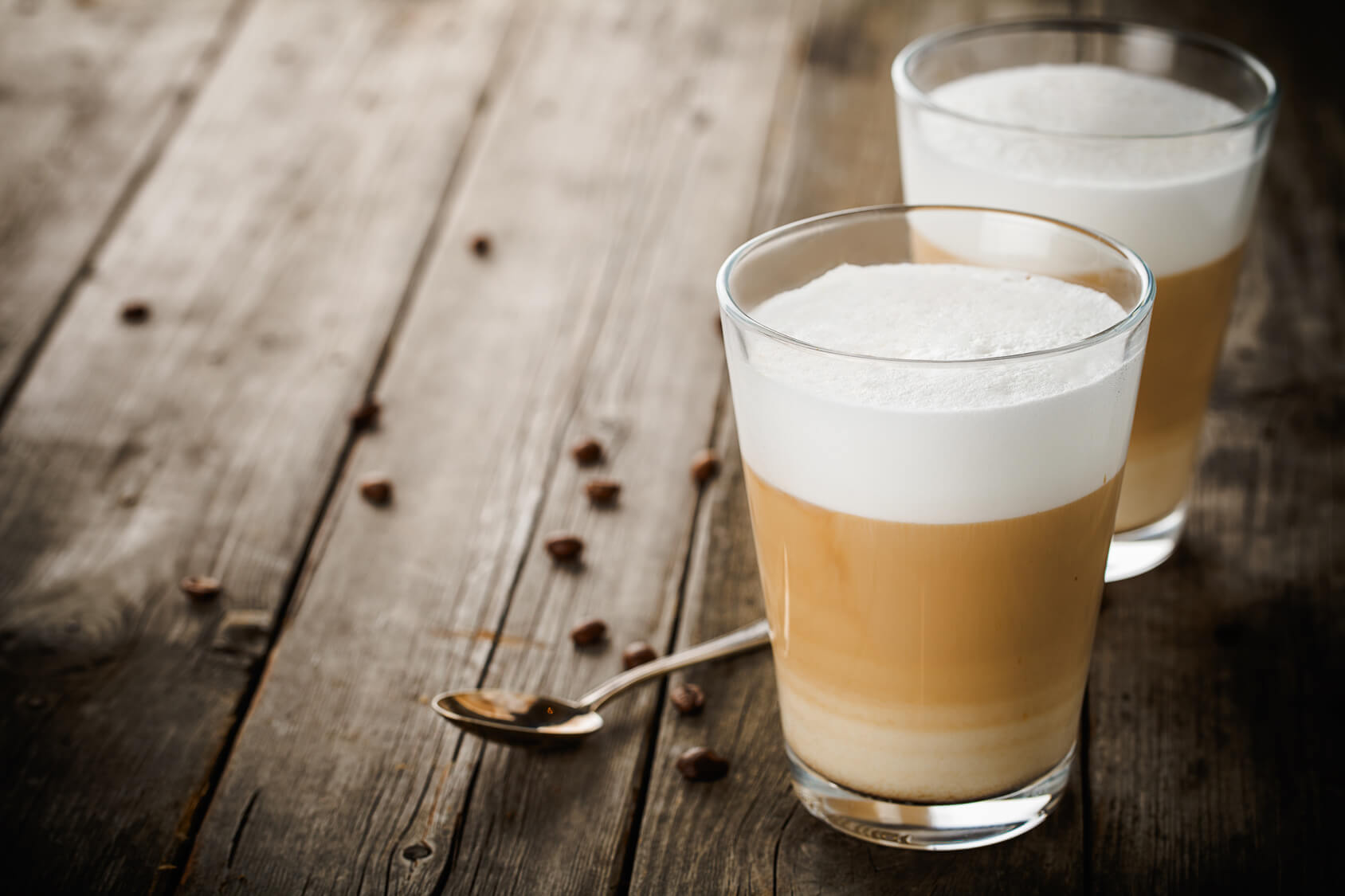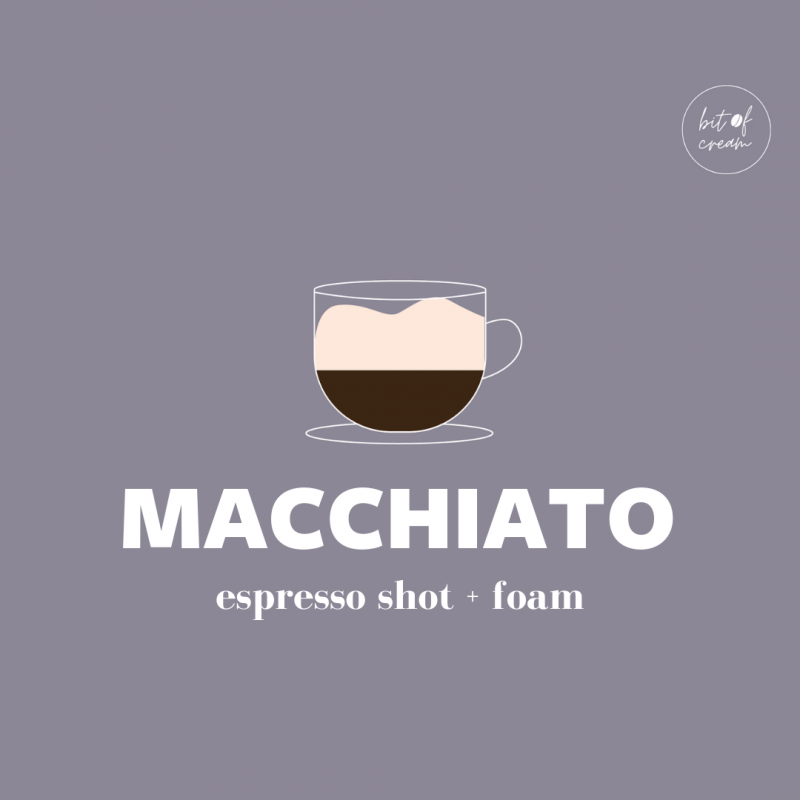

With popularity growing in the US, the addition of foam was becoming more and more popular, leading to the present day drink as we see it, know it and like it to be. This then lead to further variations and a need to differentiate between them, hence “latte macchiato”.Īn original version of the latte macchiato had no foam, resulting in a duo layered beverage. So a menu would be simpler to navigate with fewer questions asked whilst ordering. It was important to distinguish drinks with and without milk, hence the variations in names espresso and macchiato…a marked espresso (a dash of milk). Now I don’t know about you, but that takes away from the natural elegance that a latte macchiato exudes…but who am I to scoff at tradition? Originating in Italy, like most variations of coffee, the latte macchiato is traditionally served with a straw. Who’s to say that we all have to like the same things? Where and why? This even works using instant coffee, though the flavor and appearance will be different, muddying the beautiful separation of layers and that ever so intense hit of coffee not so delightfully.īut then again that all depends on your personal preference. Simply bring the milk up to temperature in a pan, whisking continuously and follow the process as above.

You don’t need a coffee machine to do this. This in turn leaves a mark of crema, or “macchia” on the top. The temperature is key, as the espresso must be hotter than the milk in order for it to float.Ī generous helping of fluffy and light foamed milk, poured in to the vessel you intend to drink from (glass preferably to see the effect), and finished with a shot of espresso poured in to the center of the foam, naturally settling in between milk and foam. To make a latte macchiato is simple enough.įrothing is the key, with the end product being smooth and warm milk, foamed to a light fluffy texture (as opposed to the usual microbubble, ultra smooth finish needed for latte art), that is not too hot, around 60″C/140″F. Not to mention showing off to family and friends with your coffee alchemy. With twists and variations a barista can make this drink their own. Unique and intricate drinks such as the latte macchiato, flat white and cortado to name a few, are a barista’s dream, giving them a cheeky chance to show off and turn a drink to a true work of art. Perfect for an on-the-go business person for that classy kick of energy, a lazy afternoon in the coffee shop with friends and even an after dinner treat if you’re not worried about caffeine after 6pm.Īlso read: Best coffee beans for Cappuccino. Similar to a latte in taste, a little extra foam makes for a lighter textured finish and a touch stronger espresso hit. Just seeing the alchemy of triple layered liquid fascinates…or is that just me? This drink is not to be confused with the traditional Macchiato.Īn espresso topped with foamed milk makes a classy espresso drink with a touch of foam to take the edge off, perfect for after a wallet busting meal out.Ī Latte Macchiato however, adds a touch of elegance to an already tidy looking latte. That doesn’t mean we always pronounce them correctly however, or even understand what we’ve just committed ourselves to drink. So from latte to cappuccino, espresso to macchiato, we have started to appreciate coffee names as extended additions to the English language. Long since have the “black” and “white” coffee orders perished and the “venti, skinny, blonde roast, latte macchiato” have become the norm instead.

The range of coffee on offer these days is a cacophony of Italian terms, from size to type, that can sometimes make the brightest of us appear dull and illiterate.

That caffeine hit that wakes us up or the quintessential “on the way to work’ necessity, the majority of us find any opportunity to fit this caffeinated nectar in to our daily lives. With some a little more serious about their coffee, while others just see it as an everyday ‘cuppa’. Coffee in general is a huge part of modern life, consumed by a multitude of people all over the globe.


 0 kommentar(er)
0 kommentar(er)
